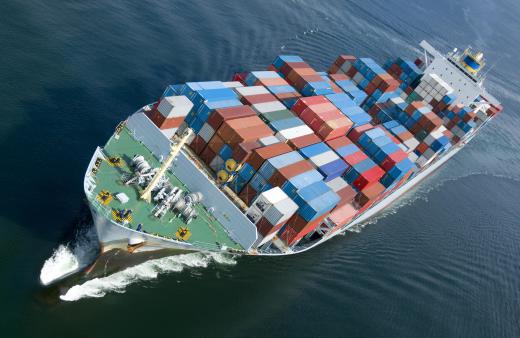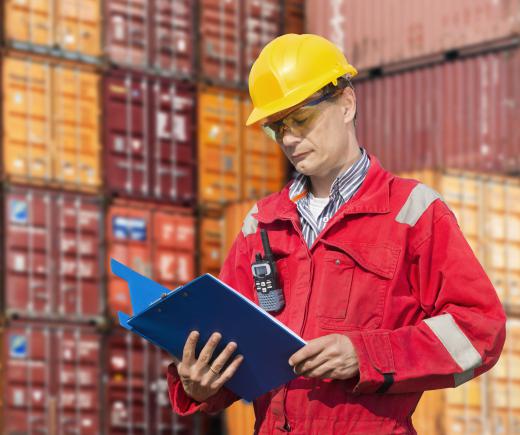A bill of lading is a type of document that is used to acknowledge the receipt of a shipment of goods. A transportation company or carrier typically issues this document to a shipper. In addition to acknowledging the receipt of goods, the document indicates the particular vessel on which the goods have been placed, their intended destination and the terms for transporting the shipment to its final destination. It also includes a description of the goods that are being shipped, their weight and the other shipping details.
Inland, ocean, through and air waybill are the names given to bills of lading. An inland bill of lading is a document that establishes an agreement between a shipper and a transportation company for the transportation of goods over land. Ocean bills of lading specify the terms between exporters and international carriers for the shipment of goods to overseas locations.

A through bill of lading is a contract that covers the specific terms agreed to by a shipper and carrier when more than one type of transportation is being used. This document can cover the domestic and international transportation of export merchandise. It provides the details of the agreed-upon modes of transportation between specific locations for a set monetary amount.

An air waybill is a bill of lading that establishes the terms of flights for the transportation of goods. The goods could be transported either domestically or internationally. This document also serves as a receipt for the shipper, proving the carrier's acceptance of the shipper's goods and the agreement to carry those goods to a specific airport.
Essentially, an air waybill is a type of through bill of lading. This is because air waybills might cover both international and domestic transportation of goods. By contrast, many ocean shipments require both inland and ocean bills of lading. Inland bills of lading are necessary for the domestic transportation of goods, and ocean bills of lading are necessary for the overseas carriage of goods.

Inland and ocean bills of lading might be negotiable or non-negotiable. If the bill of lading is non-negotiable, the transportation carrier is required to provide delivery only to the consignee named in the document. If the bill of lading is negotiable, the person who has ownership of the bill of lading has the right of ownership of the goods and the right to re-route the shipment. This is sometimes called a bearer bill of lading.

